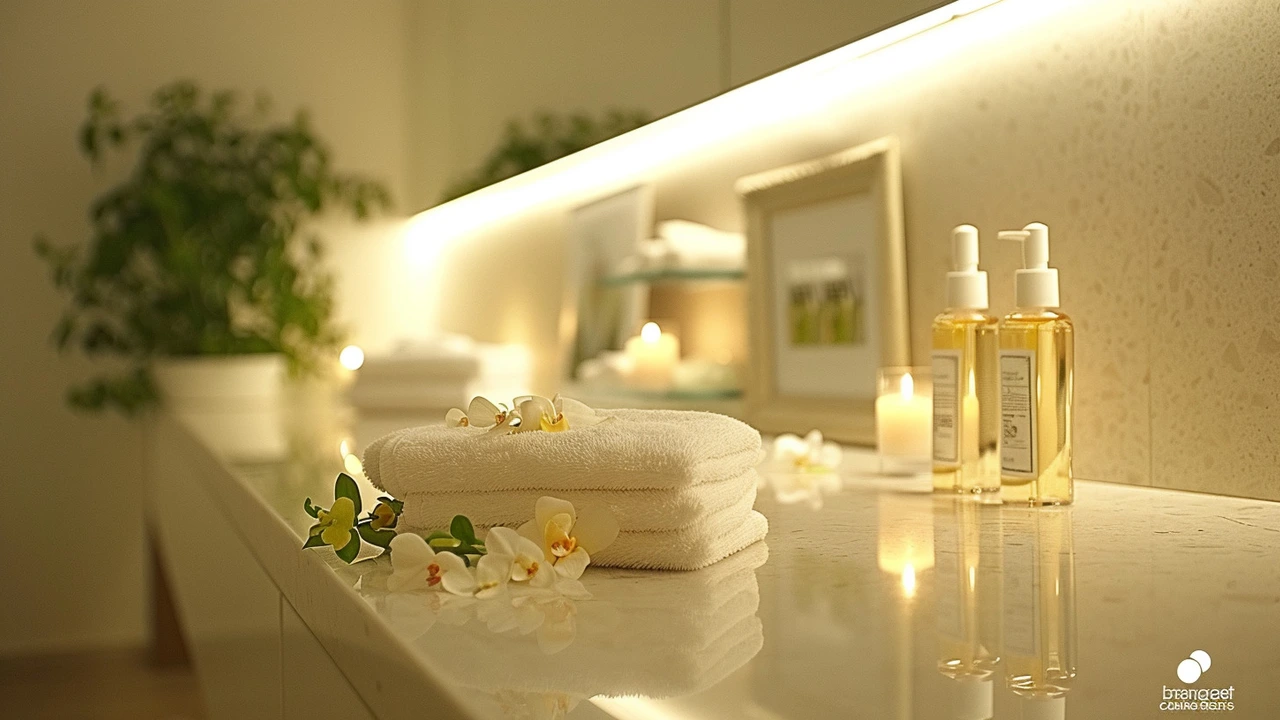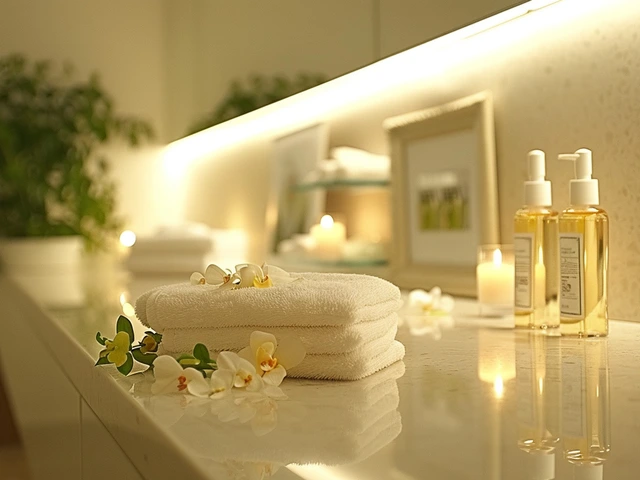Unwind and Heal: Your Ultimate Guide to Deep Tissue Massage
The Power and Promise of Deep Tissue Massage
Amidst the hustle and bustle of modern life, finding sanctuary in the form of stress-relief is not just a luxury, but a necessity. Deep tissue massage, a technique that reaches deep layers of muscles and fascia, offers more than just relaxation. Its therapeutic prowess extends to alleviating chronic pain, enhancing muscle recovery, and even improving posture. Unlike lighter massage therapies, deep tissue massage applies firm pressure and slow strokes to address targeted areas, making it an ideal remedy for individuals suffering from various musculoskeletal issues.
Research has underscored the significant health benefits of deep tissue massage. A study published in the Journal of Alternative and Complementary Medicine found that a single session of deep tissue massage can substantially reduce stress hormones and heart rate while boosting mood and relaxation levels. Such findings echo the anecdotal experiences of countless individuals who have found solace and healing beneath the skilled hands of massage therapists.
But what sets deep tissue massage apart from other massage techniques? Its ability to reach the deepest layers of muscle and connective tissue, effectively breaking down scar tissue and 'knots' that can limit movement and cause pain. Furthermore, this form of massage supports the body's healing by increasing blood flow to areas of tension, which aids in the reduction of inflammation and the improvement of muscle recovery times.
A Step-by-Step Guide to Effective Deep Tissue Massage
Embarking on a journey toward mastery of deep tissue massage requires patience, practice, and a thorough understanding of its principles. Here, the focus shifts from theory to practical application, guiding you through the essential steps to perform this massage effectively.
- Setting the Stage: Begin by creating a comfortable and calming environment. The right ambiance - think dim lighting, soft music, and a warm room - sets the tone for a deeply relaxing experience.
- Warm-Up: Start with gentler massage techniques to warm up the body. This initial step is crucial for preparing the muscles and making them more pliable for deeper work.
- Identifying Areas of Focus: Pay close attention to the body's cues. Areas that feel particularly tight or tender are often in need of extra attention.
- Applying Pressure: Using your fingers, knuckles, or elbows, apply slow, firm pressure to targeted areas. The key is to start gentle and gradually increase pressure to reach deeper muscle layers without causing discomfort.
- Utilizing Strokes: Incorporate a variety of strokes, such as gliding, kneading, and friction techniques, to massage the deep tissues. Each stroke serves a purpose, from increasing blood flow to breaking down tight knots.
- Listening and Adjusting: Feedback is critical. Ensure the recipient communicates their comfort level, and adjust your techniques and pressure accordingly.
- Concluding the Massage: End the session with soothing strokes to help the body transition from deep work to a state of relaxation.
Taking the time to learn and practice deep tissue massage can transform it from merely a technique to a powerful tool for wellness. Whether you're looking to relieve stress, address physical ailments, or simply indulge in a moment of tranquility, deep tissue massage offers a pathway to renewed health and inner peace.
As with any therapeutic practice, it's important to remember that deep tissue massage might not be suitable for everyone. Those with certain medical conditions or pregnant individuals should consult with a healthcare provider before embarking on this or any massage therapy.
In conclusion, embracing the art of deep tissue massage opens up a world of benefits for both the mind and body. Its potency lies in its ability to not only relieve tension and pain but also to act as a catalyst for comprehensive well-being. By incorporating this guide into your wellness regimen, you're taking a significant step towards embracing a healthier, more balanced life.







Comments